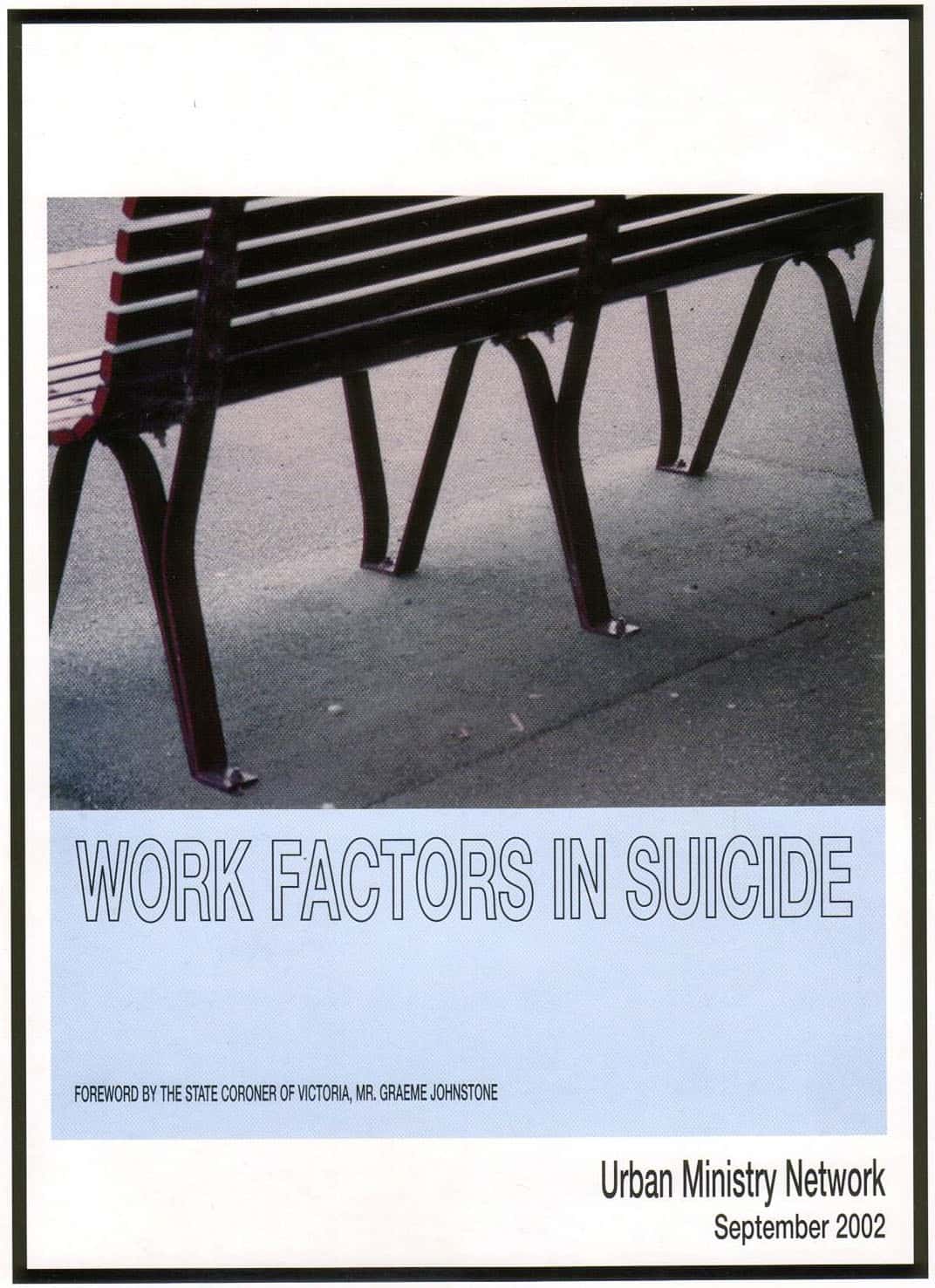Further to other SafetyAtWorkBlog posts concerning Ms Paula Wriedt’s sacking, Ms Wriedt has issued a statement expressing her disappointment at Premier David Bartlett’s decision.
One comment from a newspaper columnist struck me as odd but worthy of note. The columnist said that Paula Wriedt’s public statements have followed the line pushed by beyondblue, a depression support and lobby group. I have had no dealings with beyondblue but note that newspaper articles often end with “For further information on depression contact…..” similarly television news reports.
beyondblue has been a spectacular success in self-promotion and, hopefully, increasing awareness of depression. In the context of the Premier’s decision on Paula Wriedt, David Bartlett contacted the chair of beyondblue (and former Victorian Premier) Jeff Kennett, prior to his decision. The Weekend Australian newspaper reported
“I have not taken this decision lightly; in fact, decisions don’t come any tougher than this,” Mr Bartlett said. He received support from former Victorian Liberal premier Jeff Kennett, the chairman of depression support group Beyondblue.
After speaking to Mr Bartlett, Mr Kennett told The Weekend Australian he believed the decision was a very tough call for the Premier, but added: “When you balance up all his responsibilities, the correct one. It might just be what Paula needs to start rebuilding her health. That is, she doesn’t have other ministerial responsibilities now and she can now focus more directly on her recovery.”
beyondblue does admirable work and has acheived much but it is dominating the discussions on psychosocial issues in the workplace. It is difficult for other groups to raise matters that are just as relevant to the workplace, if not more so, such as occupational violence, stress, dignity at work, and so on.
We are not yet clear on all the circumstances of Paula Wriedt’s suicide attempt, and we may never know. We do not know if work stresses or private stresses caused her self-harm but that is not necessarily the point. Occupational health and safety long ago left the confines of the workplace and controlling workplace hazards, particularly psychosocial issues, needs a bigger canvas. There must be an approach that assists the individual in work and non-work contexts.
Some countries and States are trying this through work/life balance initiatives but the approaches are usually skewed to focus on interventions on the individual rather than looking at the social structures. In OHS we look at the “system of work” to determine the most effective interventions. To affect true and lasting change, we must apply the “system of living”. We must be careful not to over-emphasise the individual and be distracted from the cultural initiatives.


